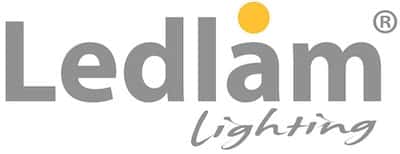Commercial Lighting Trends 2025: Evolving Beyond
Industrial lighting stands at a pivotal second the place technical capabilities are assembly human wants in new and sudden methods. Information exhibits that LED programs eat, on common, 75% much less power than their incandescent predecessors. Up to date lighting design extends far past effectivity—aiming to form how folks expertise and work together with constructed environments.
Motivated by many years of analysis within the discipline of Human-centric lighting (HCL), an space of lighting design that goals to harmonize and tackle the physiological affect of synthetic lighting on the person, the numbers inform a compelling story. Thoughtfully designed lighting options enhance office productiveness by 6% whereas enhancing artistic output by as much as 15%, in keeping with a brand new Human Areas analysis report.[1] These beneficial properties stem from lighting programs that reply to pure circadian rhythms, adjusting coloration temperature and lightweight depth all through the day.
Up to date business lighting designers stability effectivity and occupant well-being. From sustainable options that decrease environmental affect to adaptive programs that study from occupant habits, architects and designers can craft illumination methods that serve each the constructing and the inhabitant. The outdated paradigm of static, uniform lighting offers strategy to dynamic options that take into account how gentle shapes human consolation, productiveness and well-being.
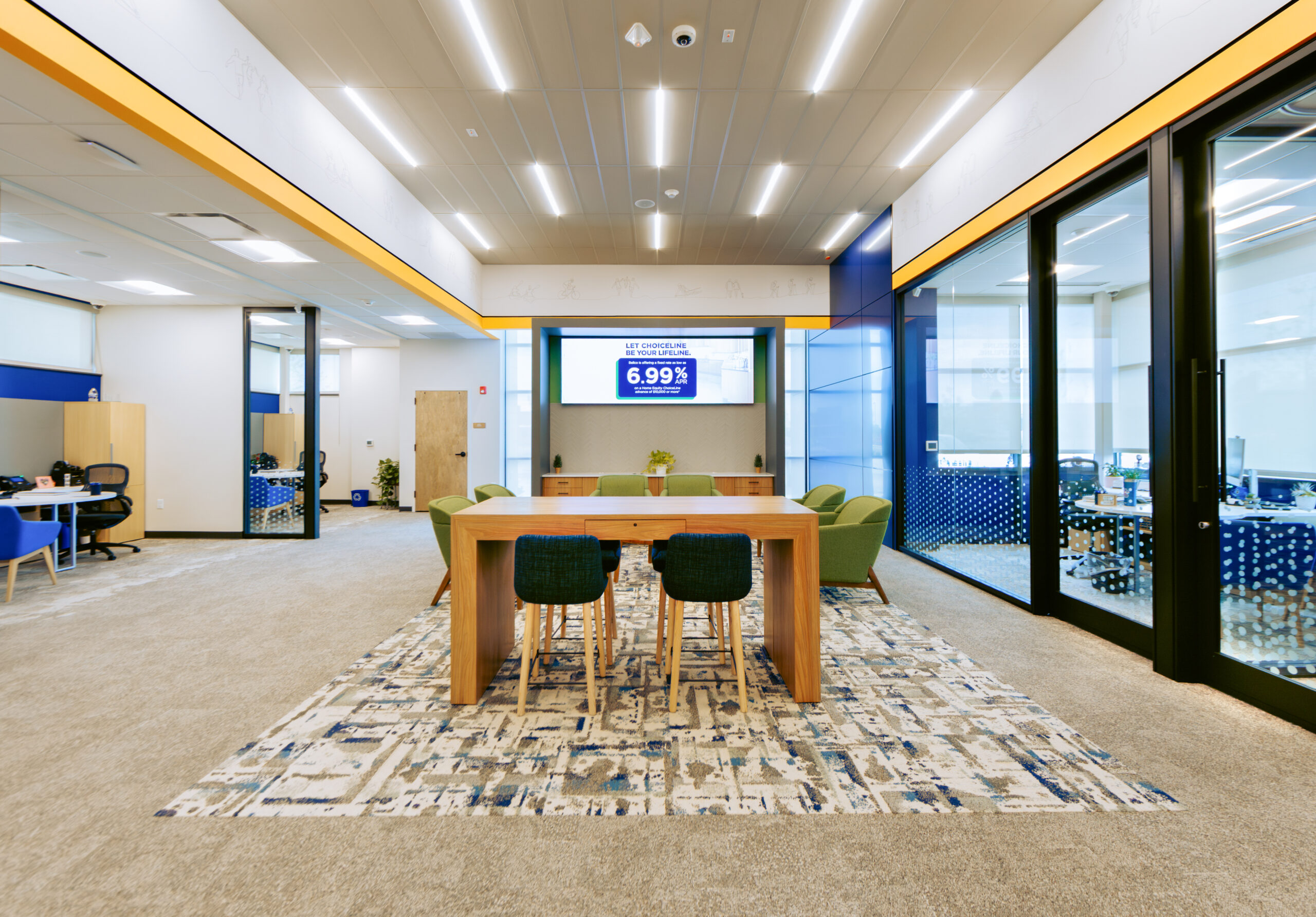
Industrial lighting market dynamics
In accordance with Analysis and Markets, the business lighting market stood at USD 17.07 billion in 2024 and is poised to succeed in USD 27.38 billion by 2030.[2] This potential for development lies in technological developments reminiscent of the combination of LEDs with the Web of Issues (IoT) and sensible management programs.
Expertise transition
Linear fluorescent fixtures and LED options dominate 95% of put in business lighting. Workplace areas and academic amenities nonetheless rely closely on fluorescent expertise, a testomony to its confirmed cost-effectiveness. LEDs, nonetheless, are gaining floor steadily, providing not simply superior effectivity however lifespans stretching to 50,000 hours.
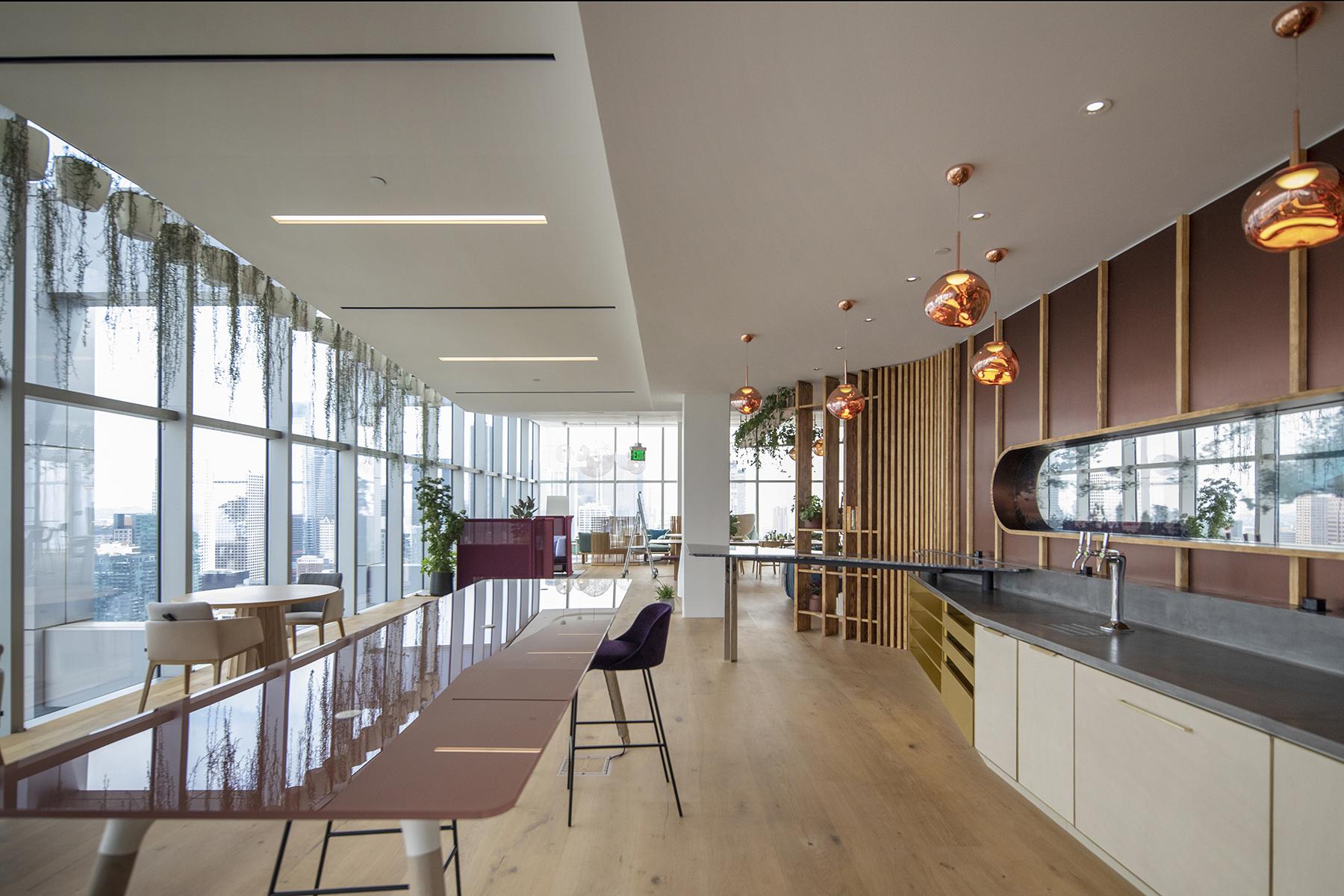
“Design is coming into a reflective period, the place nostalgia and innovation converge,” observes Joey Shimoda, founding father of Shimoda Design Group in Los Angeles. “The way forward for design for 2025 shall be formed by a deeper dialog between previous and current,” he notes. Shimoda’s statement mirrors present adoption patterns throughout a wide range of business sectors: Healthcare amenities and high-end retail areas embrace LED expertise wholeheartedly, whereas commonplace workplace environments have a tendency to take care of their conventional fluorescent programs…however for the way for much longer?
Market forces
Human-centric lighting options proceed to achieve prominence as designers acknowledge gentle’s affect on occupant well-being. This dialog manifests in adaptive lighting programs and daylight harvesting applied sciences turning into commonplace.
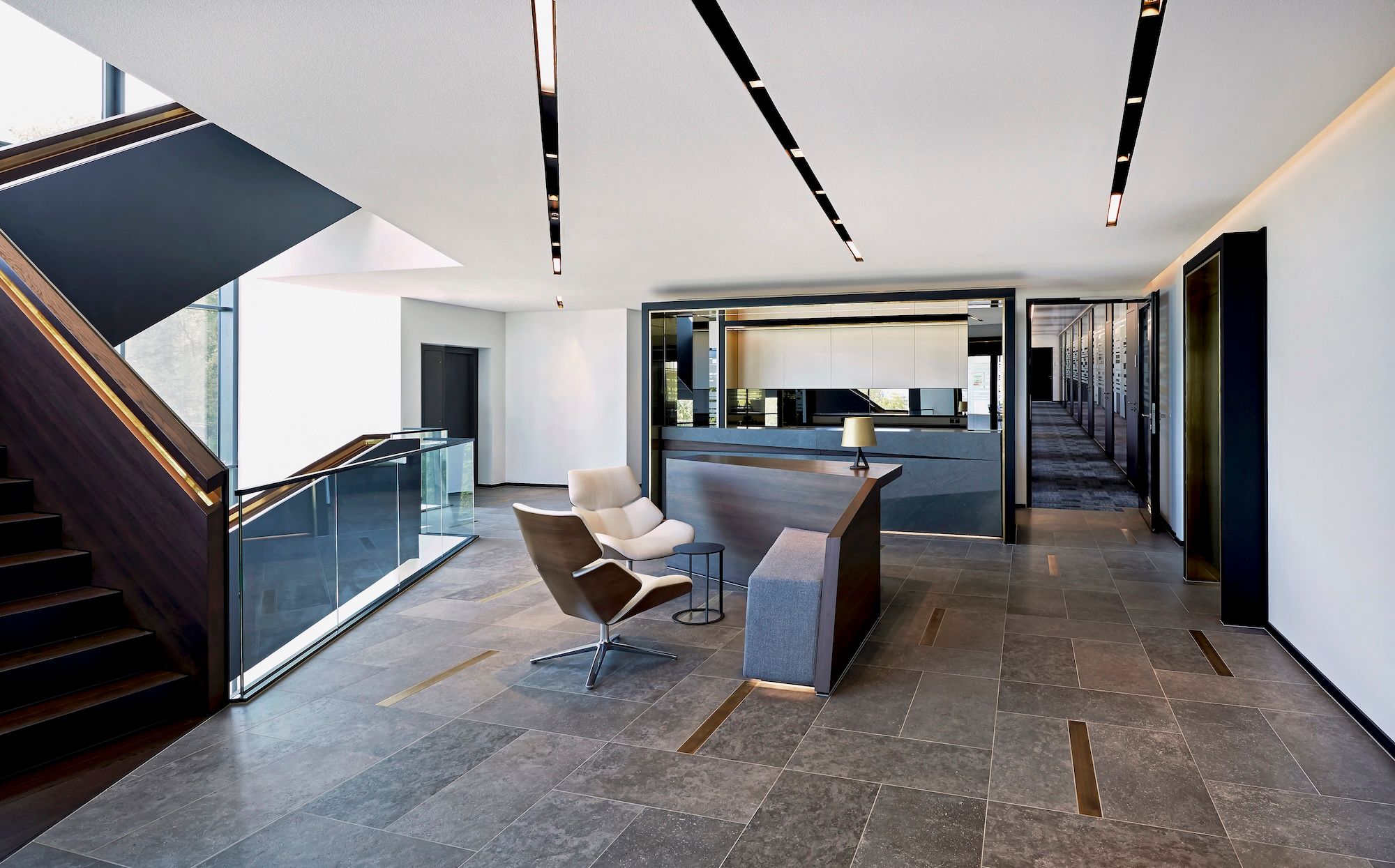
Sensible metropolis initiatives in growing areas, coupled with heightened authorities consideration to power consumption, additionally assist to propel market development. The business sector’s regular migration towards LED expertise yields substantial power financial savings, whereas ongoing technological refinements ship enhanced efficiency at decrease prices.
Expertise reshapes lighting design
Sensible lighting programs mirror the adaptive reuse tendencies seen in structure, with wi-fi expertise adoption climbing 27% yearly.[3] Bluetooth, Wi-Fi and Li-Fi applied sciences allow extra fluid, responsive lighting installations. Gentle turns into structure’s silent accomplice by subtle management algorithms. These programs learn occupancy patterns and out there daylight, adjusting output accordingly.
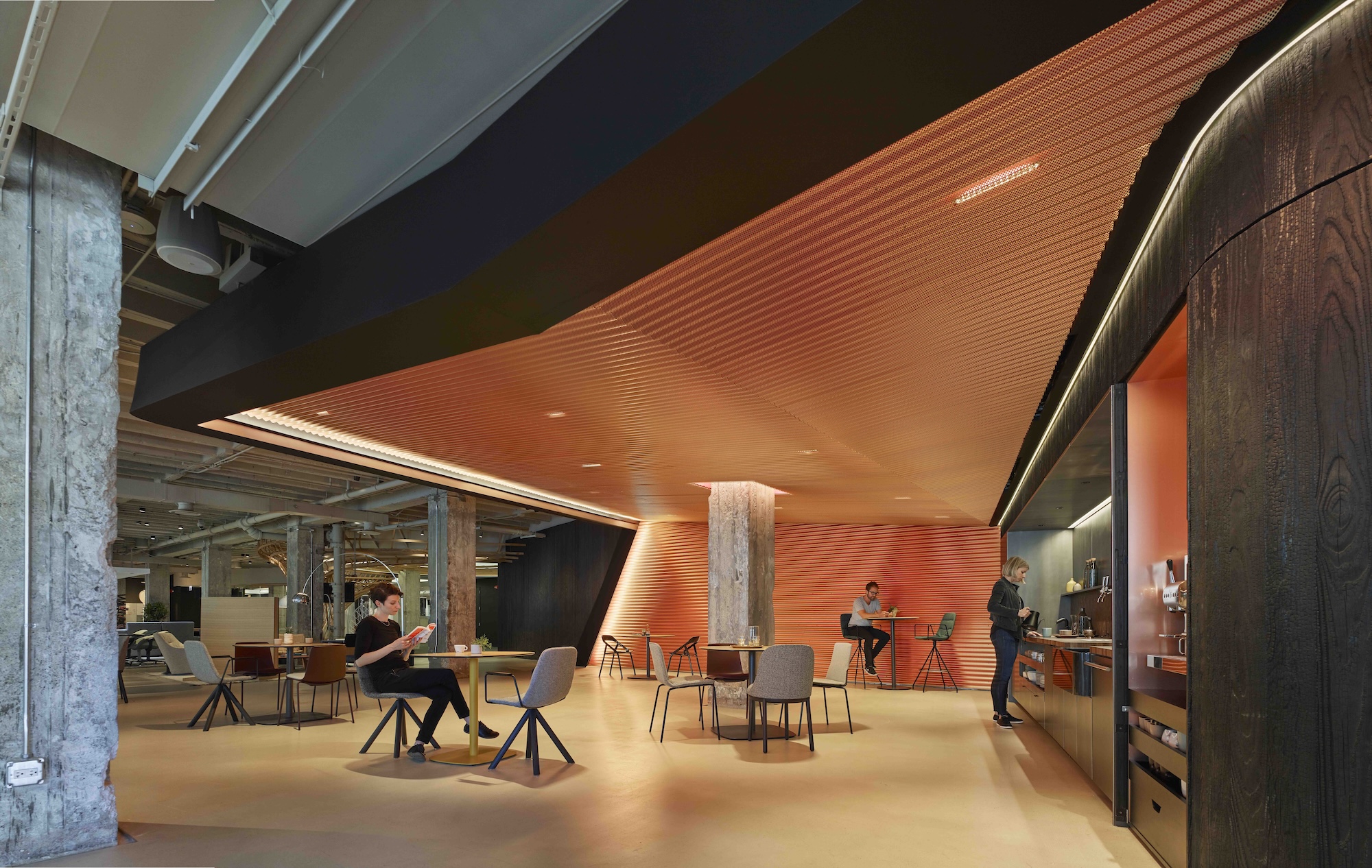
- Occupancy sensors for automated response
- Daylight harvesting expertise
- Temperature monitoring capabilities
- Environmental high quality monitoring
Passive infrared sensors attain as much as 20 ft into areas. Ceiling installations create exact detection zones, very similar to the fastidiously deliberate sight traces in architectural design.
Materials evolution
The lighting business echoes structure’s sustainable flip. Fixture producers are working with sudden supplies: 3D-printed elements from meals waste, wooden mud and recycled fishing nets, for instance. Some designers even wrap LED strips in recycled polyester cloth, creating pendant lights that merge effectivity with environmental consciousness.
“Materials and coloration palettes will evolve with higher self-discipline—much less about fleeting tendencies and extra about intentionality,” Shimoda predicts. This shift towards sustainable supplies creates lighting components that may be totally recycled at end-of-life, finishing the circle of accountable design.
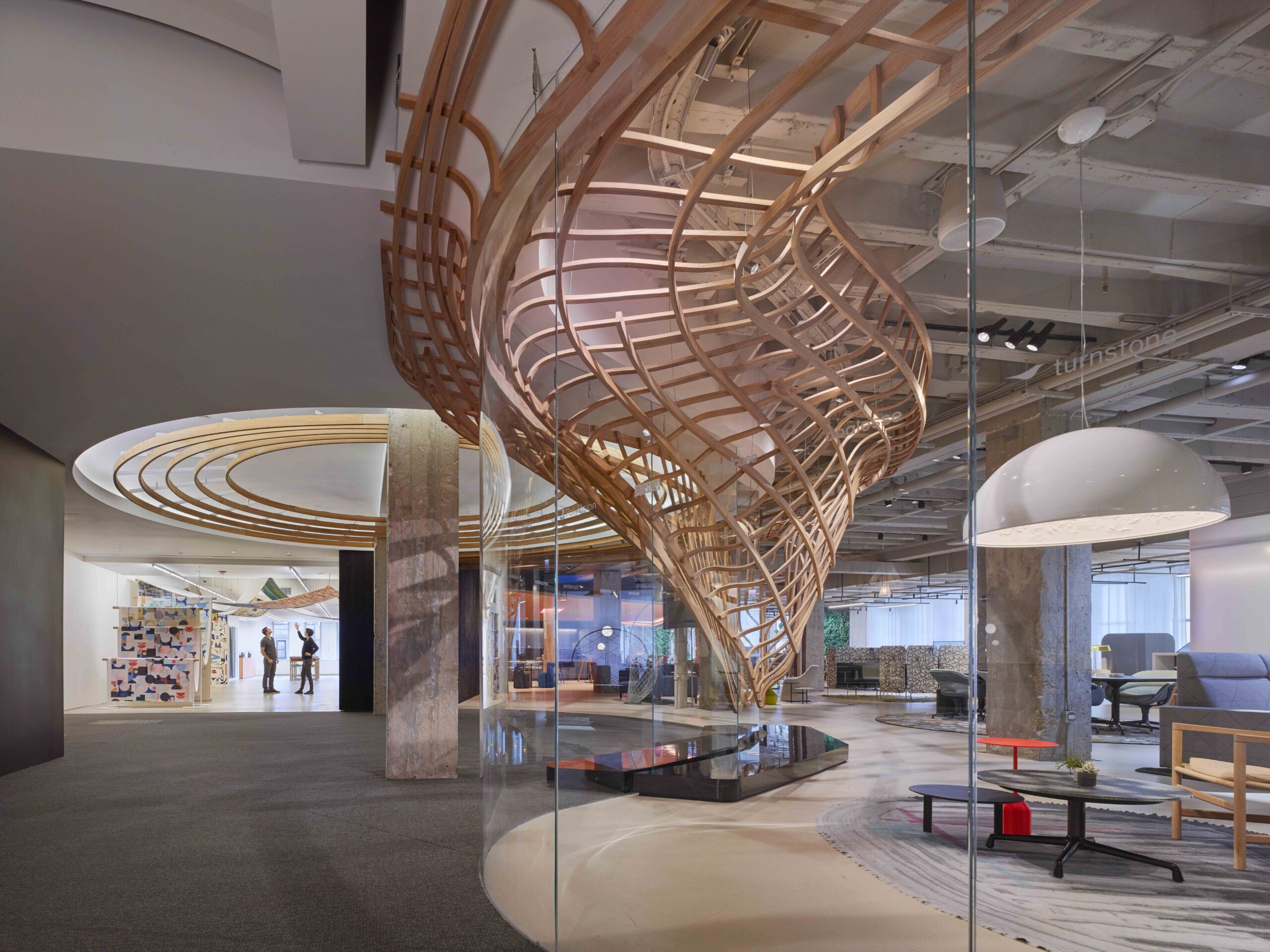
Gentle shapes the human expertise
Industrial areas demand greater than mere illumination in 2025. Very similar to how artistic workplace areas stability utility with consolation, lighting management programs should harmonize power mandates with human well-being by considerate visible design.
Fashionable business areas weave collectively a number of sensor varieties, creating an invisible net of intelligence. These programs embody:
The consolation equation
Gentle shapes our each day expertise in profound methods. Pure daylight reduces eye pressure by 51% and complications by 63% amongst workplace employees, in keeping with the Ergonomics International Journal.[4]
These numbers inform a compelling story—one which pushes lighting designers to maximise daylight whereas crafting synthetic programs that echo nature’s rhythms. Architects now strategy lighting controls not as mere switches and dimmers however as instruments that empower occupants to form their surroundings.
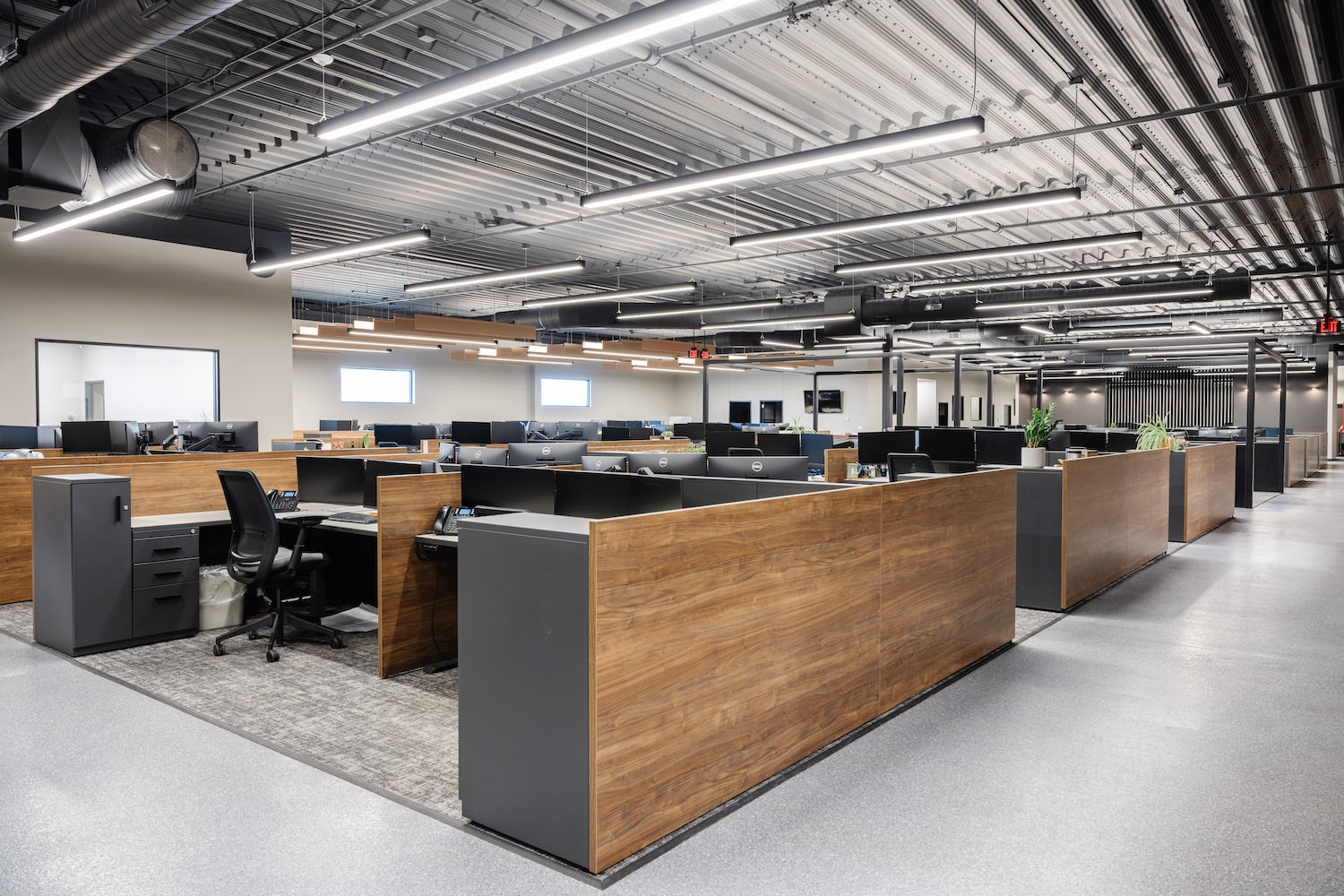
Gentle and efficiency
Office illumination influences human efficiency by a number of channels:
- Cool coloration temperatures (6,500K) sharpen focus throughout laptop work
- Correct daytime gentle publicity helps wholesome sleep patterns
- Optimum lighting paired with snug temperatures (68˚- 74˚F) enhances cognitive potential
- Employees beneath circadian lighting present a 12% enhance in process efficiency. These programs respect pure rhythms by adjusting coloration temperature all through the day
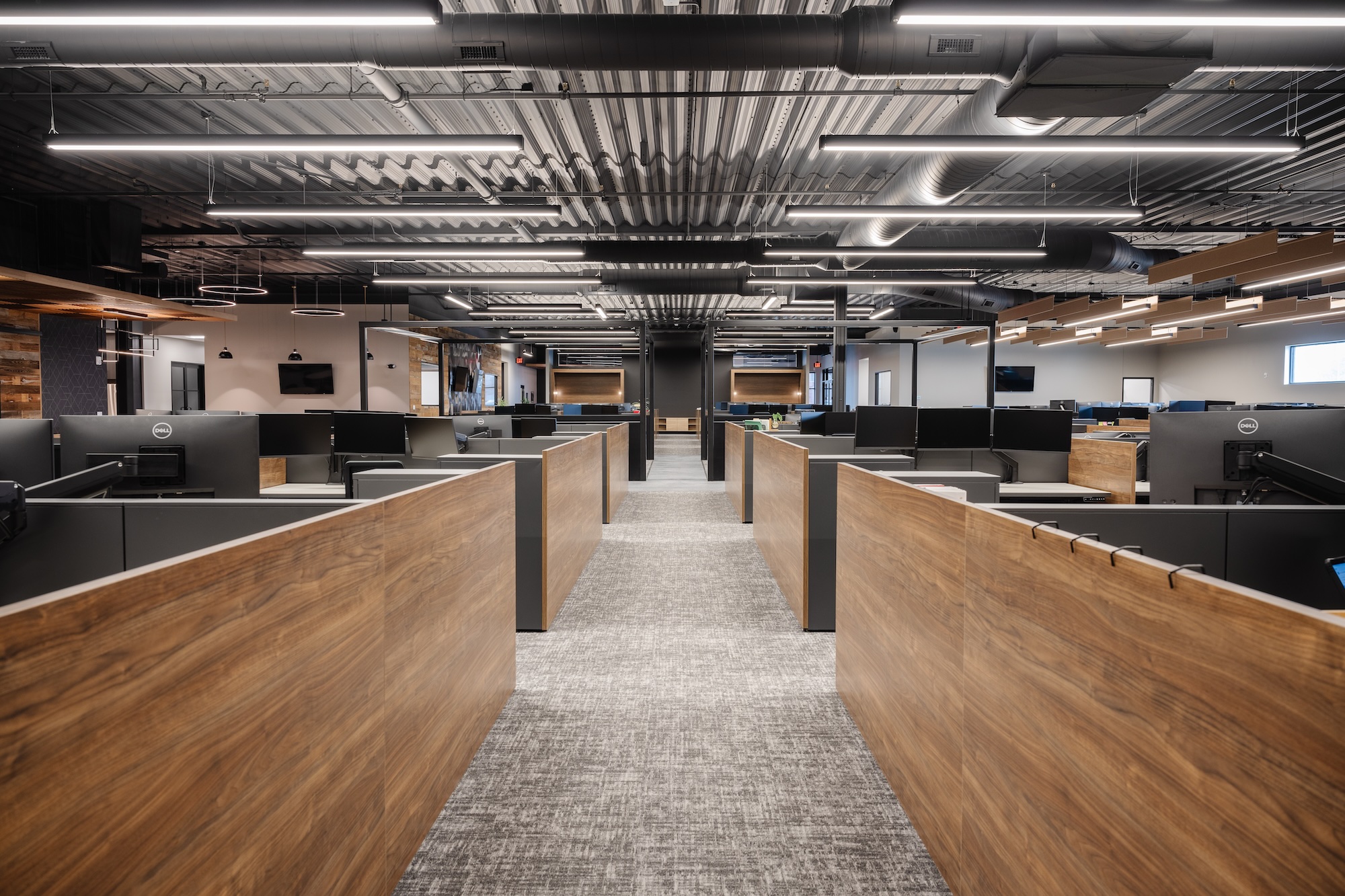
Dynamic LED programs now differ each coloration and depth, responding to rising consciousness of sunshine’s affect on office satisfaction. According to a study by the UK firm Staples, 68% of staff would really feel extra valued if their office invested in correct lighting. So it’s clear that considerate lighting transforms how we expertise and carry out in business environments.
Lighting programs embrace flexibility
Industrial lighting in 2025 mirrors the adaptive spirit we see in fashionable structure. The DALI-2 system—which is concentrated on the interoperability of merchandise from completely different distributors, in addition to its corresponding DALI-2 certification program, which confirms the compatibility of merchandise with the related specs—exemplifies this evolution, providing exact management and real-time monitoring of each driver and gadget.
Rising with want
Fashionable lighting platforms can scale effortlessly from single rooms to whole complexes. Cloud capabilities allow coordinated management throughout a number of websites, and constructing programs weave lighting into their cloth by:
- Cloud-based analytics and monitoring
- Multi-site portfolio oversight
- House use monitoring
- Third-party gadget integration
These connections allow predictive upkeep, very similar to how architects anticipate and plan for constructing lifecycle prices. IoT units create a residing community of information, serving to companies fine-tune their power use.
Environmental consciousness
Future-ready lighting echoes structure’s flip towards sustainability. Daylight harvesting applied sciences scale back synthetic lighting wants. We see this self-discipline mirrored in superior management programs that lower power use by 50% by demand-driven lighting, and sensible programs lower power use by 85% whereas providing unprecedented management.
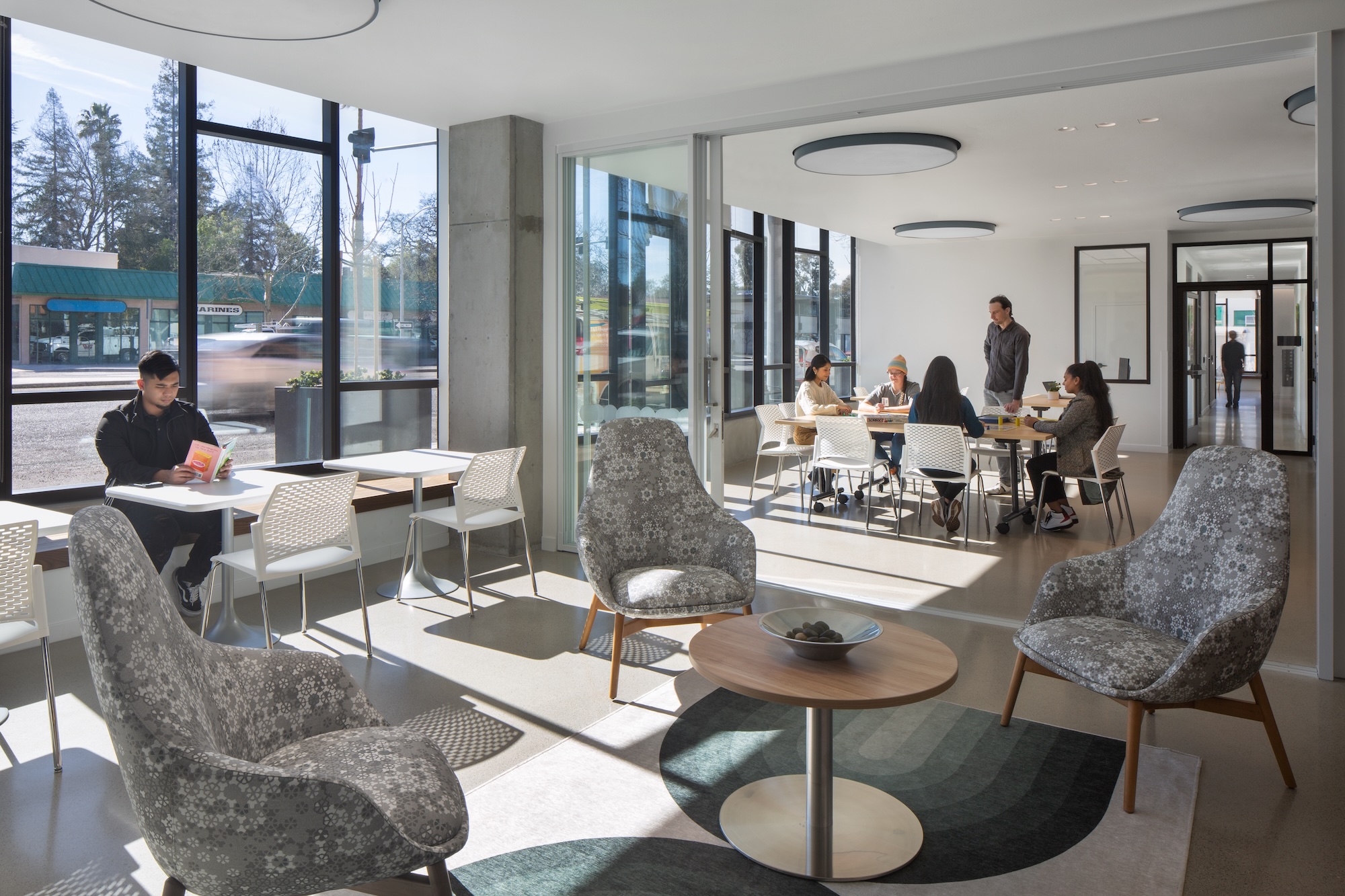
Shaping tomorrow’s areas
Human-centric lighting respects our pure rhythms. LED programs alter coloration temperature all through the day, supporting circadian patterns and office consolation. “The expectation is now not nearly aesthetics however about seamless, intuitive experiences—objects and areas that anticipate wants, very similar to the Mercedes business that includes Antonio Banderas, the place the automobile capabilities as a refined butler that anticipates the each day routine however does it in luxurious and magnificence,” Shimoda says.
Subtle sensors and adaptive controls create areas that study and reply, very similar to how workplace designs have advanced to assist altering work patterns. Industrial environments have turn out to be extra environment friendly and comfy, balancing sustainability with the human expertise—the expertise serves the area slightly than defining it.
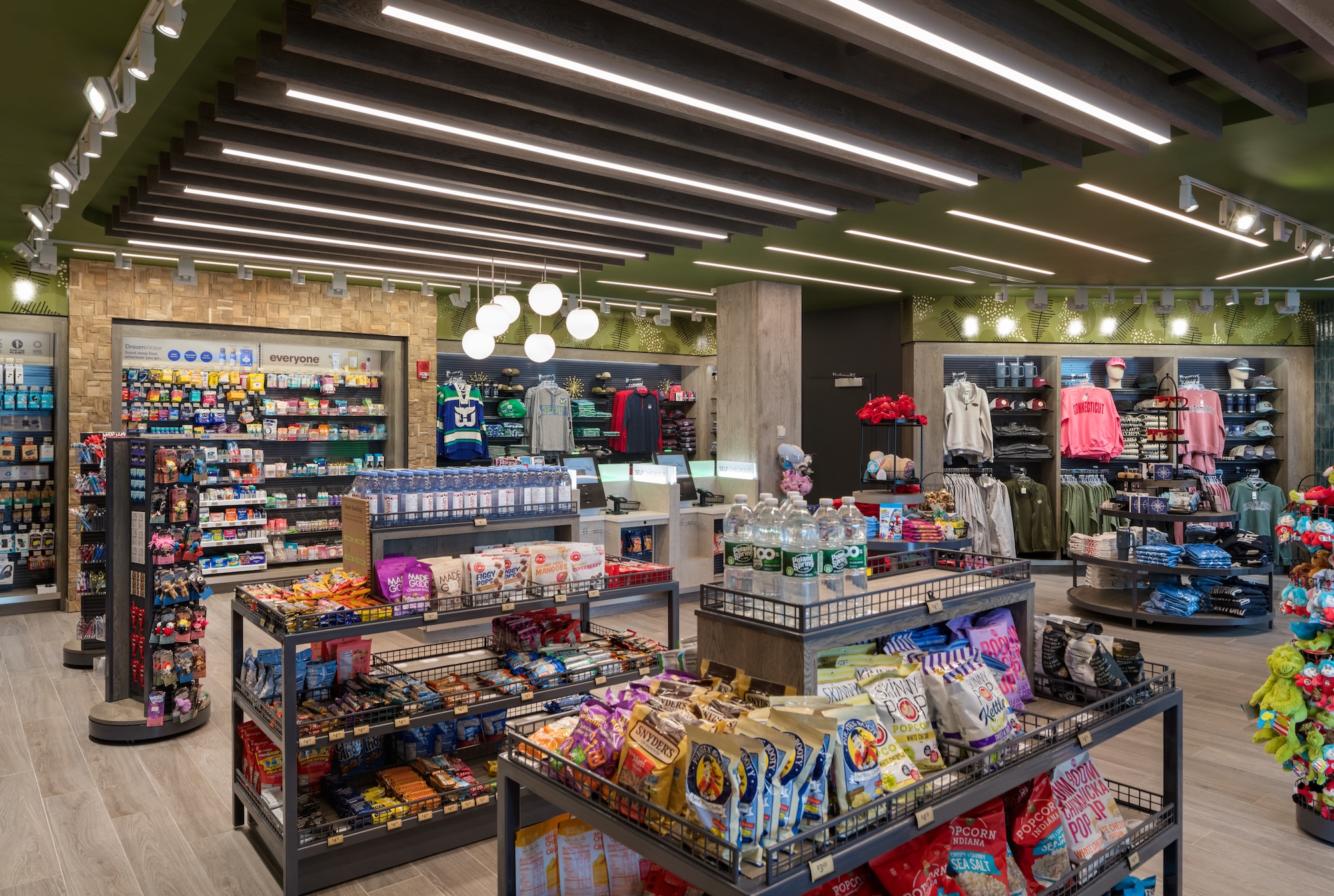
Whereas the business lighting business might effectively attain USD 27.38 billion by 2030, past market measurement, the true measure lies in how these programs form the human expertise. Tomorrow’s lighting should create environments that assist each effectivity and luxury. The long run belongs to areas that work in concord with their occupants.
Obtain the 2025 Non-Residential Power Laws Information
Sources:
[1] The Human Areas International Report. Global Study Connects Levels Of Employee Productivity And Well-Being To Office Design, 2015.
[2] Analysis and Markets. Growth Trends in the Commercial LED Lighting Market, 2025-2030: A Forecasted $27.38 Billion Industry by 2030, 2024.
[3] SNS Insider. Smart Lighting Market is Projected to hit USD 40.09 billion by 2032, Fueled by Smart Cities, Smart Homes & Tech Advancements | Research by SNS Insider, 2024
[4] Ergonomics Worldwide Journal. Daylight & The Workplace Study.
